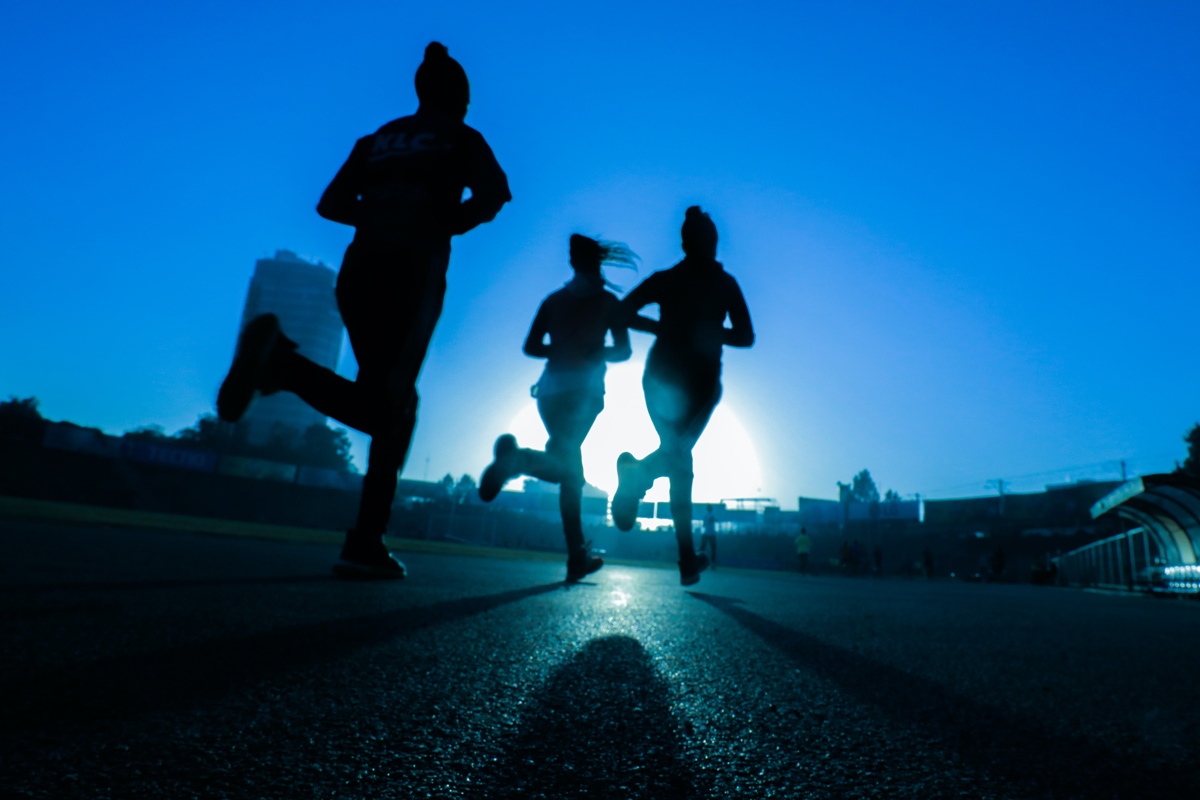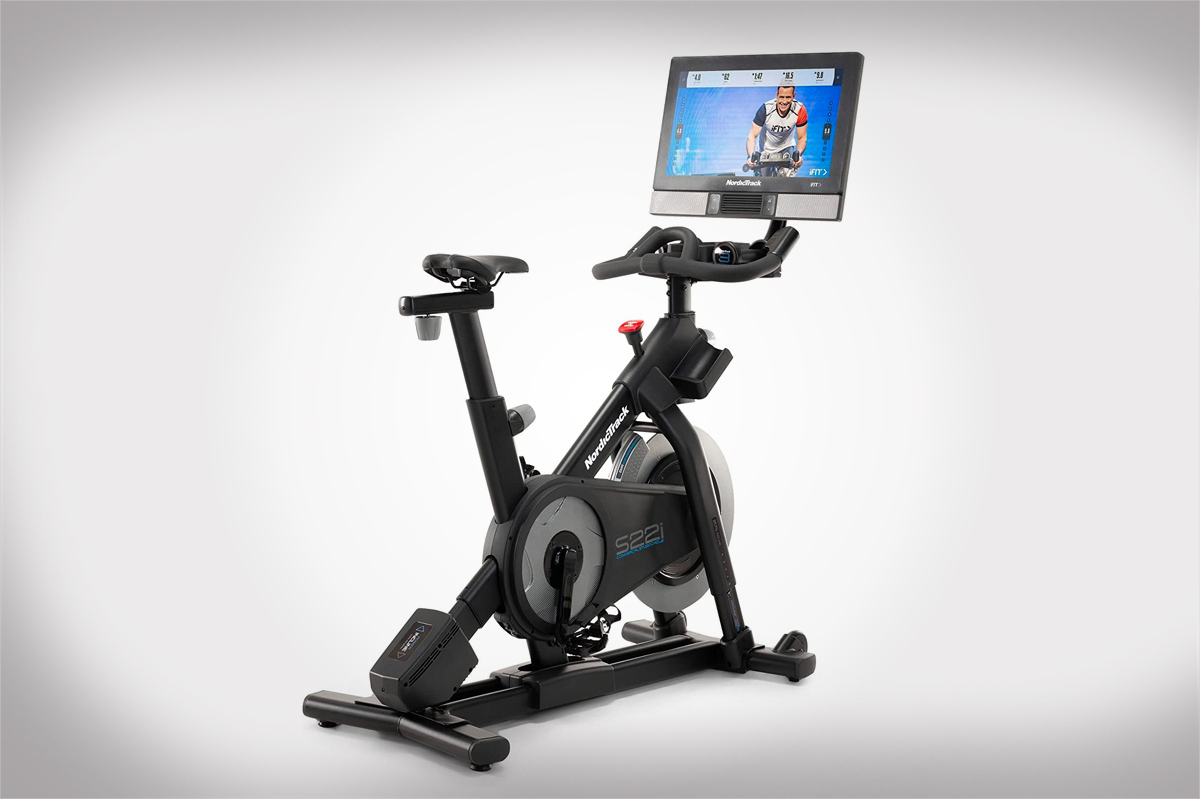6 minute read
There are a few ways to improve your speed as a runner, whether you’re training for a long-distance race like a marathon or just starting out and working up to a 5k run. You can run faster with the help of these running tips and sample workouts.
Several things, like your body type, genes, lifestyle, posture, and even the shoes you’re wearing, can change how fast you run. But if you’ve reached a speed plateau and want to figure out how to get faster, there are a few things you can do to train yourself to run faster.
Training In Short Bursts
Interval training is a way to get better at running. During one workout, you switch between sprints and rest periods. Most of the time, this is done by jogging slowly for five to ten minutes to warm up, followed by a few rounds of sprinting or resistance. Fartlek training, which comes from the Swedish word for “speed play,” is an interval training method for speedrunners that consists of short sprints followed by fast walking or jogging at a moderate pace. You can do interval training on a track or a treadmill, which lets you change your pace, incline, and resistance. This can allow your body get used to running farther and faster, and it can also help your heart and lungs get stronger.
Do Tempo Runs
A tempo run is meant to help you get faster and last longer. During a tempo run, a runner keeps up a quick but manageable pace for a longer time than they normally would. Your speed should be faster than a jog but not as fast as a sprint. This is a way that many runners train to continue improving their times for longer races. Using tools such as Tixly can also help you to get ready for an event.
Eat Right
Runners often eat meals with a lot of carbs, like sandwiches, bagels, or pasta, to get quick energy on days when they train hard. 2 to 3 hours before you run, you might want to eat a meal with a lot of carbs. Make sure these meals don’t have too much dairy or other rich foods, because heavy foods can make you feel tired and slow you down when you run.
Use The Right Gear
With the right gear, you can run faster and for longer, and you’ll be less likely to get hurt. Make sure you wear shoes that fit well and are in good shape when you run. Your shoes should have a lot of support for your arches and a little space at the toes to keep you from getting blisters. Walking shoes or tennis shoes won’t work as well as the right running shoes.
Always Warm Up
A good warm-up can get your blood flowing and improve your circulation. This can improve your movement and range of motion and lower your risk of getting hurt. Dynamic warm-up moves like lunges, high-knees, and butt-kicks are great ways to get your muscles ready for intense movement.
Watch Your Posture
Running with good form is very important if you want to run faster, and this has a lot to do with how you stand. Your posture has a big effect on how fast your body can move, and your core muscles can help you run faster and reduce the chance of getting hurt or tired. Keep your head and neck in a neutral position and look forward. Your chin should stay tucked like you’re holding an egg under your chin the whole time. You should stand up straight and lean slightly forward. You should keep your shoulders level and loose.
Watch The Way You Move Your Arms
Your arms should be bent at a ninety-degree angle when you run. Swing your arms in the reverse direction that your legs are going. Make sure that your arms are moving forward then back instead of across your body. This move helps you keep your torso in the right place, giving you the most speed and movement.
Look At Your Strides
Long running strides might make you feel out of breath and make you forget how to run properly. If you take short steps, you can move forward faster because you use less energy with each step. Increasing the number of steps you take each time you run is a simple way to speed up. Keep your foot strikes soft and move forward with the ball of your foot.
Watch Your Breathing
Proper breathing can make you stronger and give your muscles the oxygen they need, so it’s an important thing to work on if you want to run faster. Focus on breathing through your mouth and nose. This will help you take in as much oxygen as possible. To get the most out of your aerobic capacity, try to time your breaths with your steps.
Cross Train
For speedrunning, you use your muscles to move your body faster. You can strengthen your quadriceps, hamstrings, glutes, calves, and core muscles by doing resistance and/or strength training.
Have A Training Plan
When you run more, you get faster. Set up a plan or schedule for yourself to improve your speed. Make a schedule with interval runs, hill training, tempo runs, cross-training, and other running drills that you can do at different times. Pay close attention to your form, how you breathe, and how you run at all times. You can also try exercises like deadlifts, high-knees, and hill sprints to build up your strength so you can start running faster.
Remember Rest Days
Rest days give your body a chance to heal and recover, which is important if you want to keep up with your running workouts and train your body to get faster. Every time you train, make sure to take rest days and stretch. As a general rule, you should rest the day after you run and start training again after your day off.
These tips should help you to improve your speed when running. Do you have any other tips that may help? Please share them in the comments below.






